With Bond entering the 70s he was struggling to feel relevant in what was a changing cinematic landscape, Connery’s Diamonds are Forever seemingly particularly out of touch, and with the blaxploitation era in full-swing, it wasn’t too surprising that producers Harry Saltzman and Albert R. Broccoli would try to capitalize on this growing genre. Of course, keeping up with the time wasn’t the only issue facing the producers of the Bond franchise as they were also facing the problme of casting a new Bond.
As with most James Bond movies the script of Live and Let Die has very little to do with the book as written by Ian Fleming, in the book the antagonist Mr. Big was an American gangster who was secretly working with the Soviet counterintelligence organization SMERSH in a plan to smuggle 17th-century gold coins out of the British territories in the Caribbean. Aside from the fortune-telling Solitaire and a couple of named villainous henchmen the book and the movie do not have much in common as the villainous plots are vastly different. The film does have a Harlem mob boss named Mr. Big (Yaphet Kotto) but the movie villain has a dual identity named Kananga, dictator to a small island in the Caribbean. We also get a Tarot card reading Solitaire (Jane Seymour), whose precognitive abilities are used by Mr. Big/Kananga to help keep his organization running smoothly, she is also the one character that remains closest to the book incarnation. There is no smuggling of gold in the movie, instead, we have Kananga planning to distribute a ton of heroin, free of charge, via his chain of Fillet of Soul restaurants.
“We’ll be more popular than McDonald's.”
And exactly why would a criminal organization give away that much free heroin? Kananga believes that not only would this increase the number of addicts on the streets, which would then boost sales in the future, but it would also have the added bonus of wiping out the Mafia who would find themselves without a market. Now, at a glance that may seem like a great plan but the Mafia has never relied solely on drugs as their main revenue stream and all that Kananga’s plan would have accomplished is in starting a war with the Five Families. What is interesting here is that James Bond (Roger Moore) is teamed up with the CIA agent Felix Leiter (David Hedison) to stop what is basically a drug-smuggling operation, which is a decidedly step back from space-based laser weapons and volcano lairs.
“All the volcanoes were rented, so I had to settle for this little grotto.”
As a Bond film Live and Let Die does have the prerequisite thrills and spills expected of the franchise – the double-decker bus stunt and the thrilling boat chase through the Louisiana bayou offer some truly spectacular stunt work – and Roger Moore is more than capable of stepping into the shoes left behind by Sean Connery. Moore isn’t quite the ruthless killer that Connery’s Bond was known for being as this Bond is more the “British Gentleman” and though he is still a rather sexist creature – when teamed up with CIA agent Rosie Carver (Gloria Hendry) he points out her incompetence to his old friend Quarrel Jr. (Roy Stewart) stating “As I was saying Quarrel, a lousy agent but the compensations speak for themselves” and by that he means she looks great in a bikini. If she had simply shot Bond after that remark I'd have had more respect for her character.
"Pam Grier wouldn't put up with this shit."
But Bond isn’t just about belittling women in the workplace, that’s only a side bonus to his job, he’s more interested in getting them between the sheets and in the case of Live and Let Die there is no more odious of a moment than when he tricks Solitaire into sleeping with him via a stacked deck of Tarot cards. Now, I do understand Bonds need to find out information on Kananga, and seduction is one of the key weapons in Bond’s arsenal, but Solitaire is a naïve and sheltered woman and Bond taking her virginity for the sake of a mission seems a little crass even for him. Worse is the fact that after their coitus she can’t help but want more of his “007” and it’s here where I find Roger Moore’s smugness a little hard to take. If Solitare had been a female agent, one who was a Russian counterpart to Bond or a femme fatale, I’d have no problem with his actions but the deflowering of the innocent as depicted here is rather awful, especially when it’s clear that she is deeply in love with Bond, who is the first man she’s ever been with, and we know he’s going to dump her right after the end credits are over.
“I may seem like a callous bastard, but I’m actually a lot worse once you get to know me.”
Stray Observations:
• The plot kicks off with the murder of three MI6 agents, which is fine because unless your Bond being a British agent doesn’t bode well for life expectancy, but what is odd here is that one of those agents was working as a represented of the United Kingdom to the United Nations, would Britain actually have a spy as a diplomat?
• Solitaire clearly has no idea how to read a tarot deck, for instance, she has the common misinterpretation that the “Death” card is to be taken literally when it actually represents the end of the process and beginning of a new one, not actual death.
• This is the first Bond film in which 007 has a liaison with a black woman and it’s a shame that they made her out to be a fairly incompetent agent and then summarily killed her off after having sex with Bond.
• Kananga wants to know if Bond has “touched” Solitaire, thus depriving her of her fortune-telling abilities, but did he not have access to a gynecologist who could have at least told him if she was still a virgin or not?
• This is a rare Bond film for having an actual supernatural element as not only does Solitaire’s card reading come across as very accurate but the final shot of Baron Samedi sitting at the front of the train, after being killed by Bond earlier, leads one to believe that he really is a voodoo god.
Note: Geoffrey Holder was to return in a future Bond film, sadly, that never came to pass.
Now, it may seem like I wasn’t a fan of this particular Bond outing but, in fact, that is far from the truth as this is one of my favourite of the Roger Moore outings, despite the dubious sexual nature of Bond’s relationships I found Moore to be exceedingly charming in the part and I will go so far as to say that he pulls of the “Bond Quips” even better than Connery. Yaphet Kotto’s Kananga may not be on par with some of the better Bond villains but he gave an excellent performance with his dual villainy, which couldn’t have been easy with some of the “Jive talking” dialogue that screenwriter Tom Mankiewicz littered the script with – I’m assuming Tom Mankiewicz’s entire knowledge of African American culture came from watching films like Shaft and Foxy Brown – and I’ll always have a soft spot for the racist southern Sheriff J.W. Pepper (Clifton James), whose exasperated performance came close to stealing the movie, “Secret AGENT? On WHOSE side?”
Note: While filming in Louisiana some racist cops complained of the use of black stuntmen but when the production threatened to move its multi-million dollar production to another state they quickly shut up, with Tom Mankiewicz getting the last laugh with the creation of the racist goofball character of J.W. Pepper.
This smaller-scale Bond adventure was a nice change, and the villain’s use of voodoo culture to keep the locals in line was fairly inspired, with the legendary Baron Samedi (Geoffrey Holder) as its figurehead, but fans of Bond gadgets may be a little put out as not only is Q absent from this movie but all Bond is equipped with is a watch that sports a powerful magnet and tiny buzz saw – which he uses to escape from one of the laziest of cinematic death traps that Bond has ever faced, the slowly lowering platform into a pool of sharks – and the dispatching of the villain by way of Bond forcing Kananga to swallow a compressed-gas pellet, which causes him to inflate and explode, is easily one of the worst moments in the entire franchise.
This is something you’d expect to see in an Austin Powers type parody.
Overall, this entry is a mixed bag; the cast all provides decent performances despite some of the cringe-inducing dialogue and the action sequences are quite astounding making this a Bond film that any fan of the franchise can enjoy, that is if they can let slide some of the film’s more dated aspects.


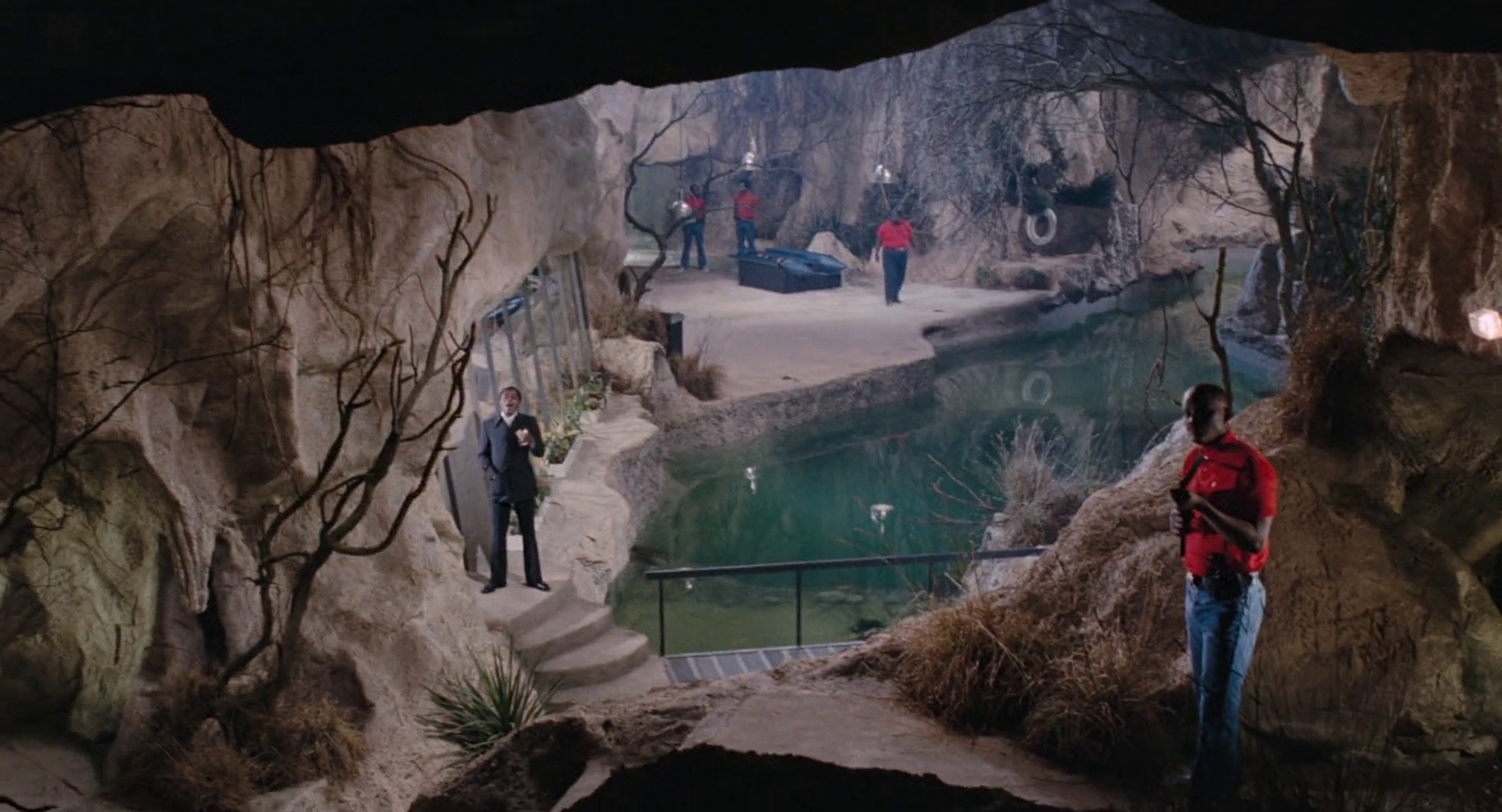
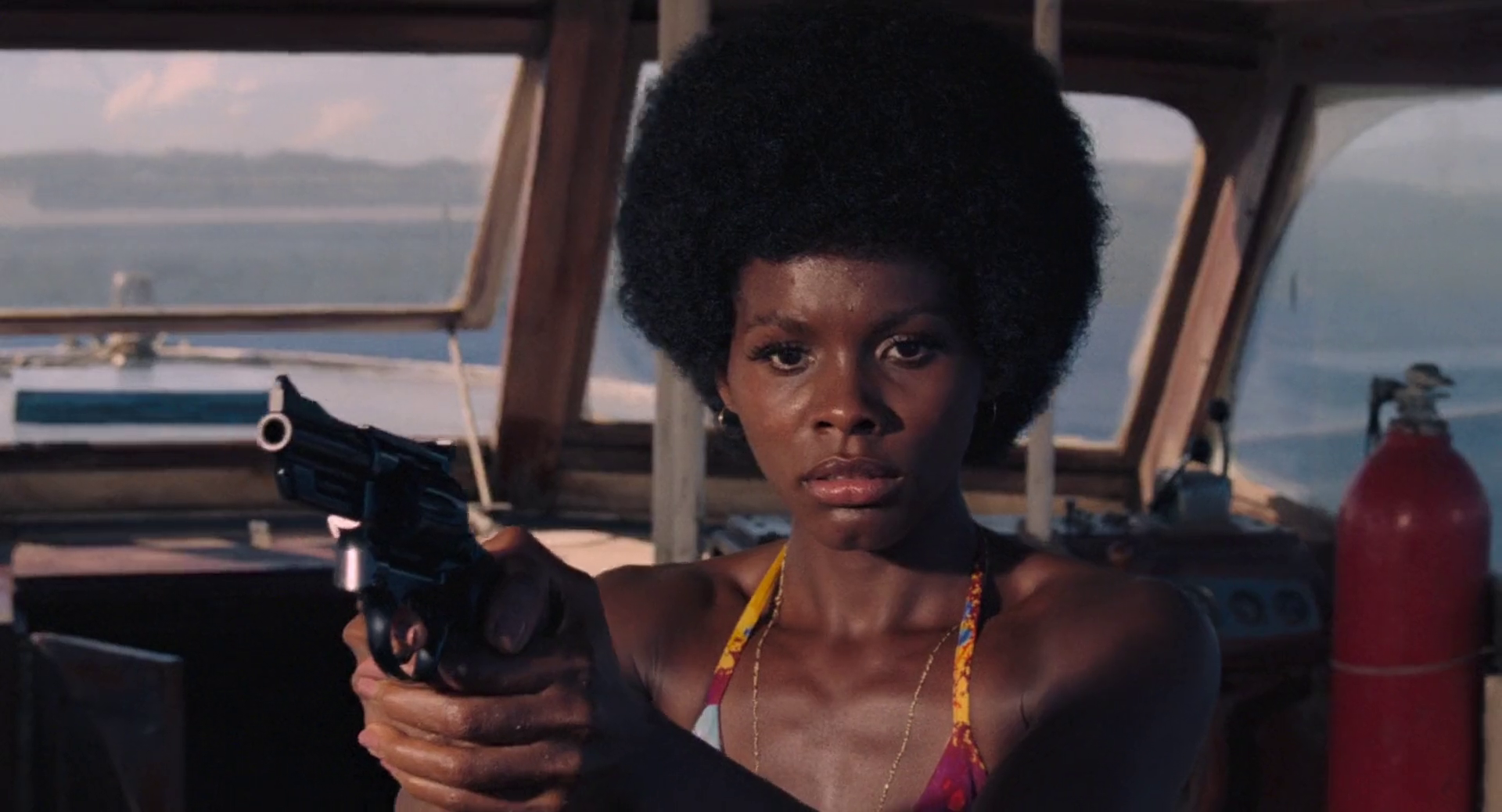
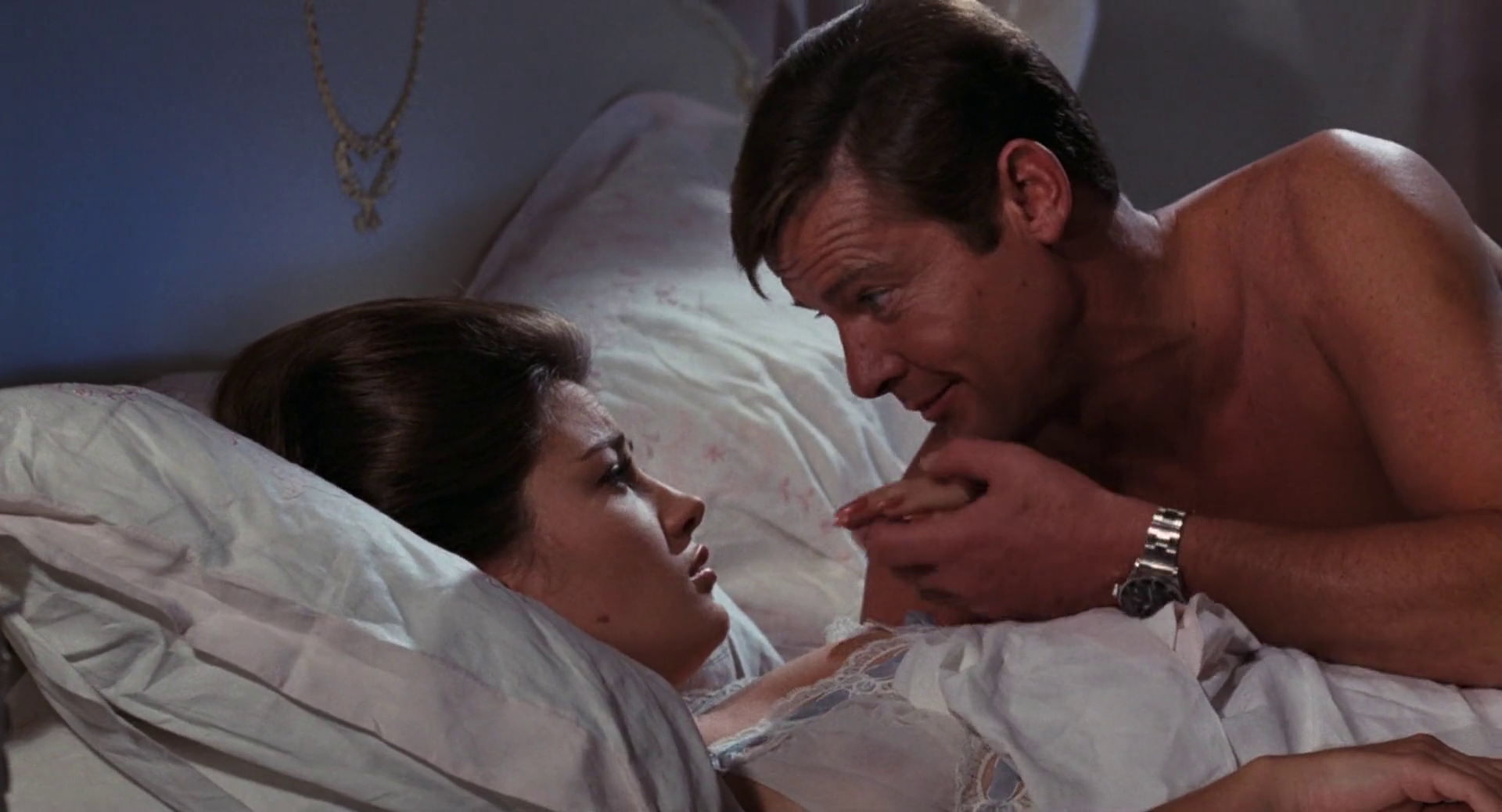

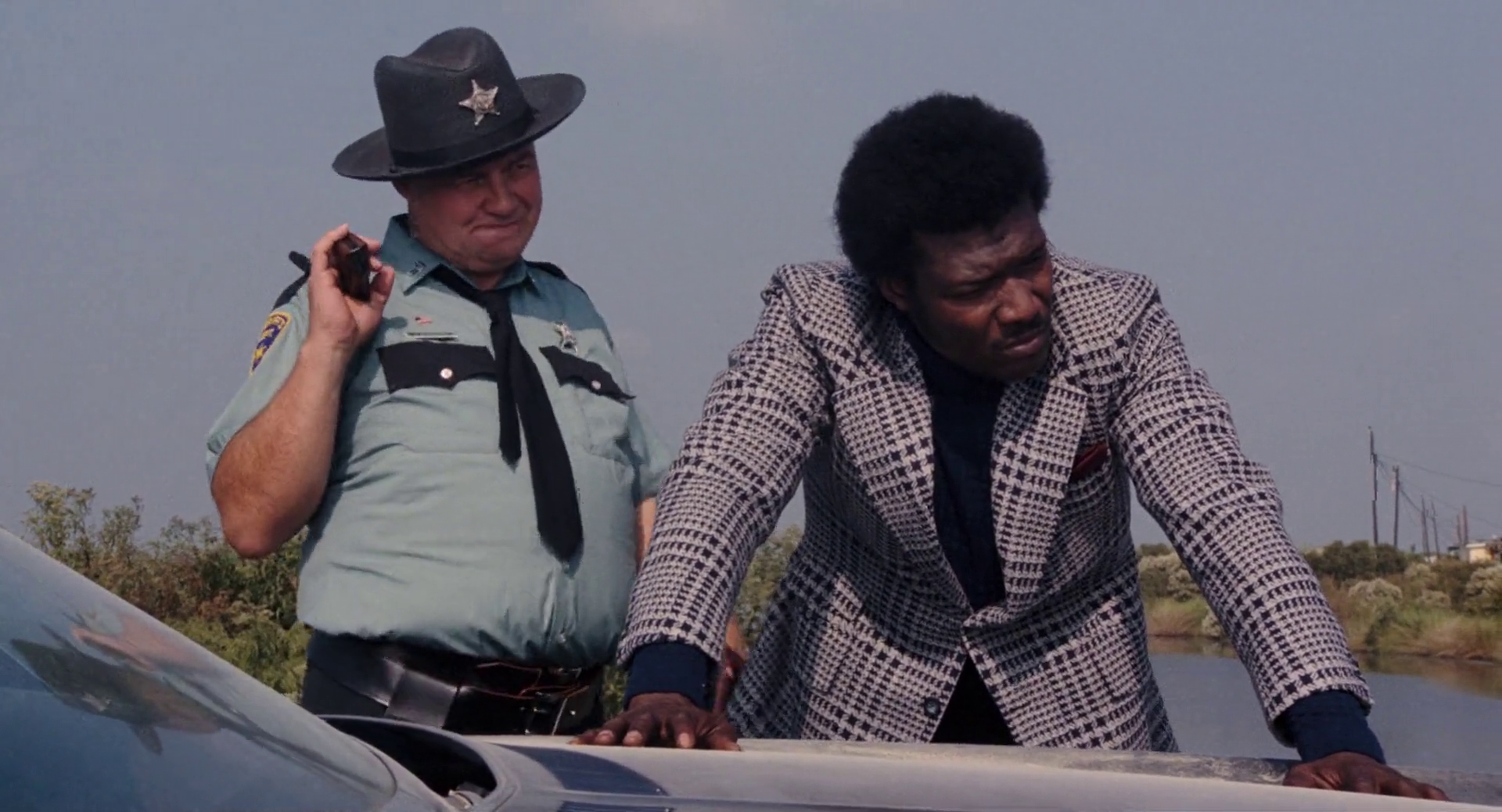
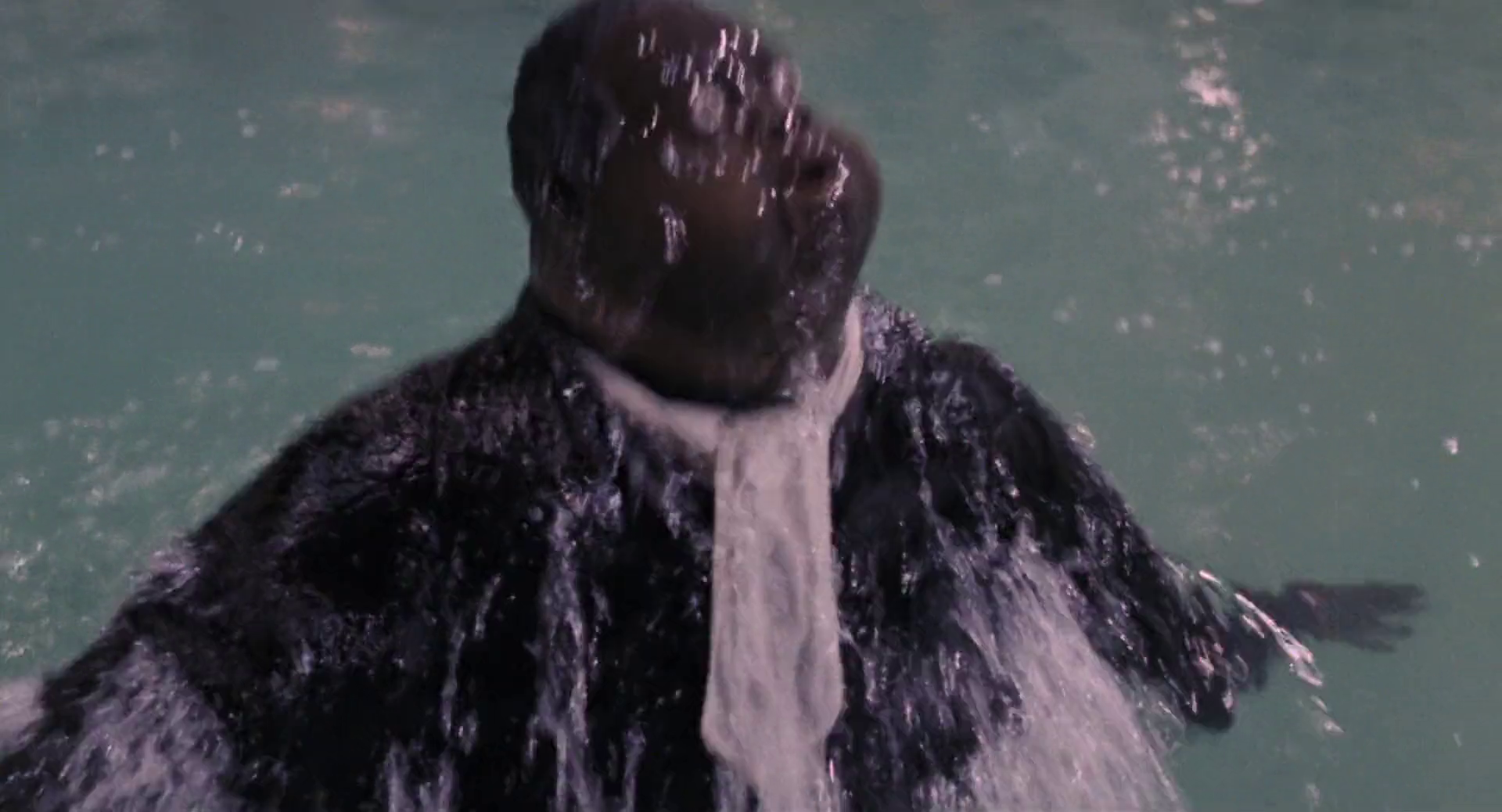

No comments:
Post a Comment